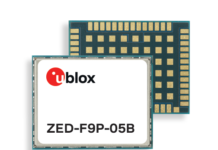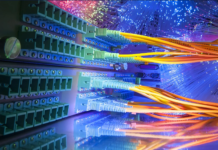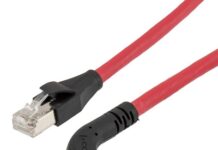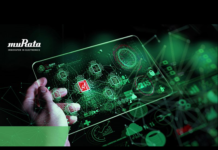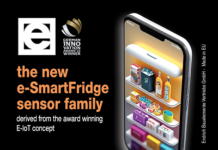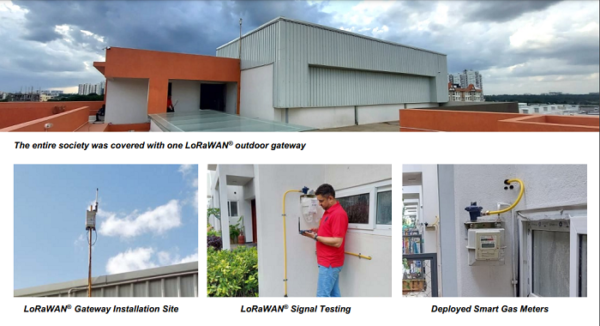
THE CHALLENGE
With the population growing by about 1% each year, the demand for fuels like oil, natural gas and coal is ever-increasing in India. Coal, which has the highest environmental impact, accounts for most of India’s carbon emissions. Natural gas, which contributes to about a quarter of global energy consumption, only constitutes 6% of the energy consumed in India.
In an attempt to reduce the countries carbon footprint, the Indian government has promised to raise the share of natural gas to 15% by 2030. Unfortunately, the natural gas reserves in India is expected to be depleted by 2040, causing the price of domestically produced gas to double due to scarcity.
Over the next two years, India is set to begin importing natural gas through pipelines laid across the country’s borders shifting the urban households to pipeline gas for energy and cooking sources.
With the cost of gas going up and the local supply going down, the government and suppliers are working together to find ways to monitor, conserve, and reduce loss of gas leveraging technology. In fact, the Government of India has envisaged connecting 7 Cr gas meters over the next 10 years with the majority being made in India and supplied by local OEMs and manufacturers.
The use of technology like LoRaWAN® could possibly be the solution in addressing the challenges mentioned and could reduce losses which the utility companies are seeing during distribution and supply to domestic households.

WHY LoRaWAN®?
In India today, most of the meter management and meter reading are still being accomplished in an old fashion manual process which requires resources to physically visit the meter sites and take the readings manually. This process is considerably high in the case of gas metering vs electricity distribution companies, as they in their quest to cut transmission and distribution costs have shifted to smart metering solutions long ago. One of the main challenges for gas distribution companies is the non-revenue losses. These companies are realizing the only way to control and increase their revenue base is to bring in smart meters which can provide real-time feedback of gas consumption and reduce demand on external sources for gas supply.
The most efficient manner in order to achieve the above is to deploy Advanced Metering Infrastructure (AMI) instead of the old-fashioned Automated Meter Reading (AMR) methodology. LoRaWAN® enabled smart AMI gas meters provide end-to-end automated mechanisms including wireless communication, secure data transfer, and real-time analytics. These mechanisms provided the end customer, in this case typically the utilities companies, distribution companies, and city administrators, a clear view in their day-to-day processes. This information will provide insights for managing the entire distribution eco-system in a much more efficient manner enabling the city administration to predict behavior of the consumption, loss, and most importantly influence behavioral changes of the consumers creating a better awareness of gas saving strategies.

LoRaWAN® IMPLEMENTATION
Two years ago, SenRa was contacted by our partner Ripple Metering (www.ripplemetering.com) to support their smart gas meter deployments planned in residential societies. Their objective was to provide automated gas metering systems to the societies leveraging LoRaWAN® enabled smart gas meters with a goal to provide an end-toend solution which automated billing, provided analytical insights and triggered alerts when issues existed. The initial phase of the engagement would connect approximately 11,400 gas meters in 12 different societies across multiple cities in India.
From the start of the engagement, Ripple Metering and SenRa worked closely to ensure Ripple Metering’s products were developed properly and adhered to the LoRaWAN® protocol / stack. Rigorous testing was conducted to ensure the hardware met high quality RF standards and was in compliance with India regulations.
Integration with SenRa’s LoRaWAN Network Server (LNS) and Ripple Metering’s Application Server was completed seamlessly reducing the go-to-market and deployment timelines.
Once the solution was ready to be deployed, SenRa travelled to the societies and began the installation of the LoRaWAN® infrastructure. With the long-range capabilities of LoRaWAN® our team was able to cover each society with only one LoRaWAN® outdoor gateway. Post installation, RF signal testing was conducted to verify coverage would be available at all gas meter locations. SenRa’s network engineer used a signal tester and SenRa’s network planning & survey software to confirm coverage availability. Images of the installation and testing is provided above for reference.
During the network planning and testing we were able to confirm an average Received Signal Strength Indicator (RSSI) of 95 dBm. We were also able to demonstrate high Quality of Service (QoS) with zero downtime leveraging dual backhaul connectivity options.
Once the gas meters were brought online, we were able to get 100% Packet Success Rate (PSR) and we were able to provide high data rates (DR) which will lead to the smart gas meters having longer battery life in the long run and reduced interference when communicating to the network.

Each society has 100s of gas meters deployed, some inside the residential homes and some nested in small alleyways alongside the buildings. Regardless of the installation location our team was able to successfully provide connectivity to the gas meters and Ripple Metering was able to receive the gas metering data in real-time with no issues.

LoRaWAN® BENEFITS
With the technology proven, Ripple Metering has been able to increase their customer base and their customers are able to monitor the gas supply and automate billing for the homeowners and tenants.
The low-cost, low-maintenance, wireless solution is addressing some critical issues the societies faced resulting in happier customers.
The customers are using and preferring the Ripple Metering products because it offers constant data flow with real-time insights reducing maintenance related activities and increasing savings.
Aside from gas metering solutions, Ripple Metering is already taking advantage of the existing LoRaWAN® infrastructure by connecting other solutions and devices such as smart water meters and smart electricity meters which increases their return on investments. They also have future plans to provide the same solutions to Smart Cities across India.
Also read “why India is an ideal market for deploying LoRaWAN“.
The proven benefits of LoRaWAN® are:
Reduces labor-intensive manual metering and inaccuracies q Increases accuracy of billing
Greater customer satisfaction
Prevents revenue loss from theft and tampering
Improves working capital
Increases visibility of gas distribution in near real-time
Low-cost deployment options reduce number of infrastructure hardware needed to provide connectivity
The same infrastructure can be used with other solutions reducing the need to invest in new equipment
Devices do not need access to power due to extended long battery life
CONCLUSIONS
LoRaWAN provides a low-cost, long-range capability with flexibility of deployment and endless possibilities of solving hard problems with smart solutions. Having the ability to monitor gas consumption, supply, and distribution in real-time provides deeper insights, drives optimization, and even creates new revenue streams. With the need for more gas availability, every bit of savings goes a long way in reducing the use of other fuel sources which have more negative impacts on the environment.
For more information visit SenRa website.



